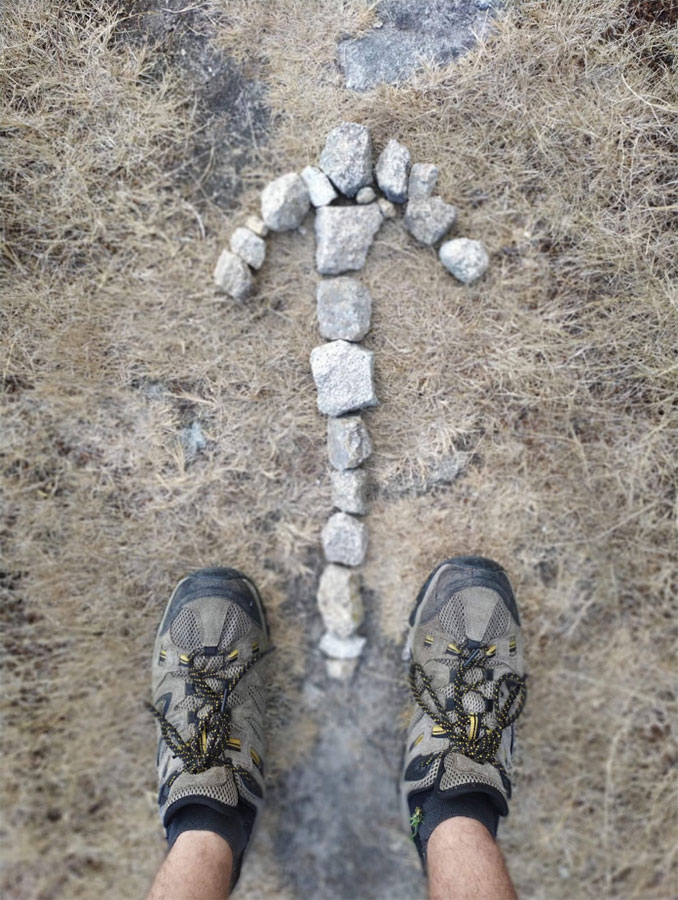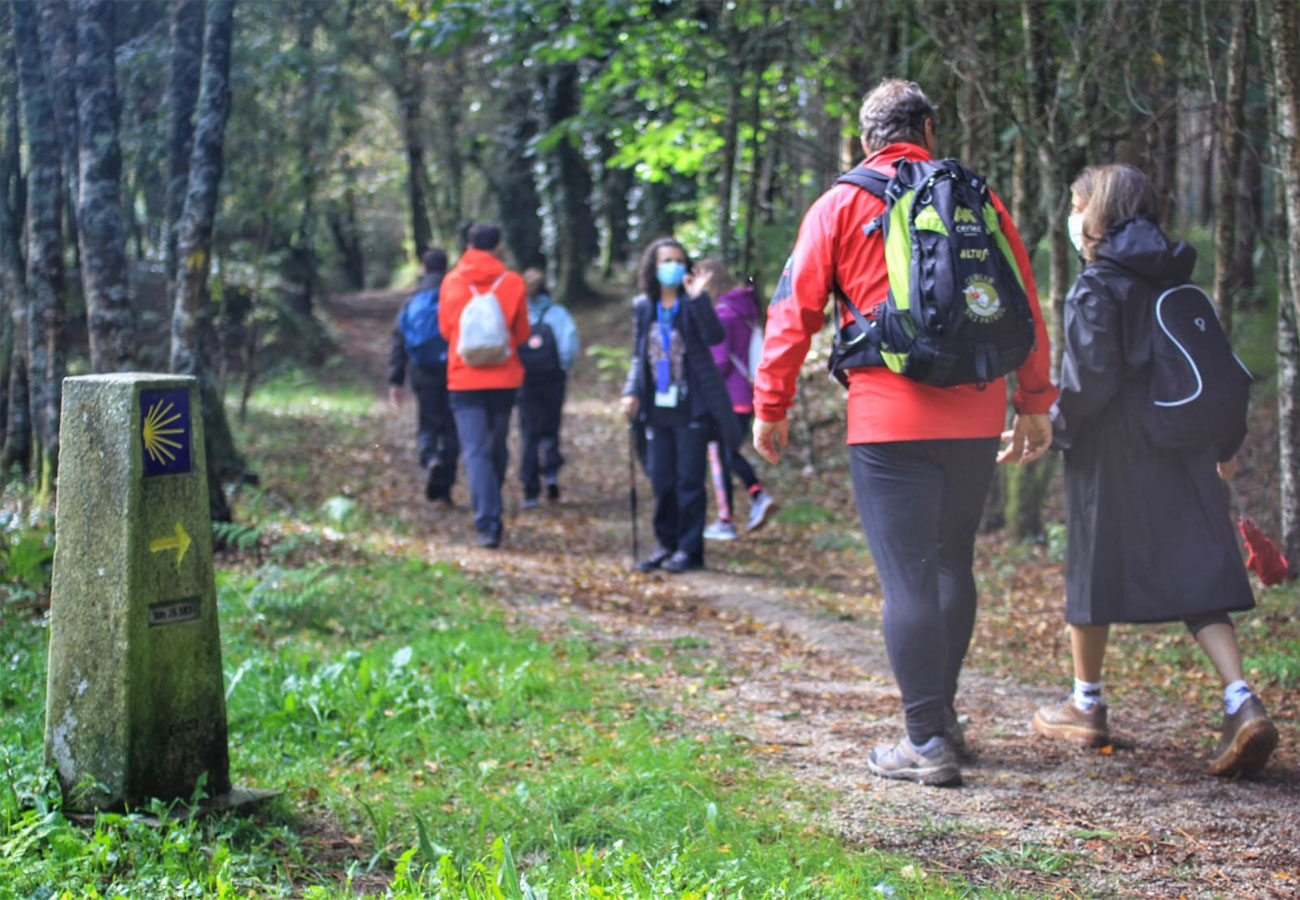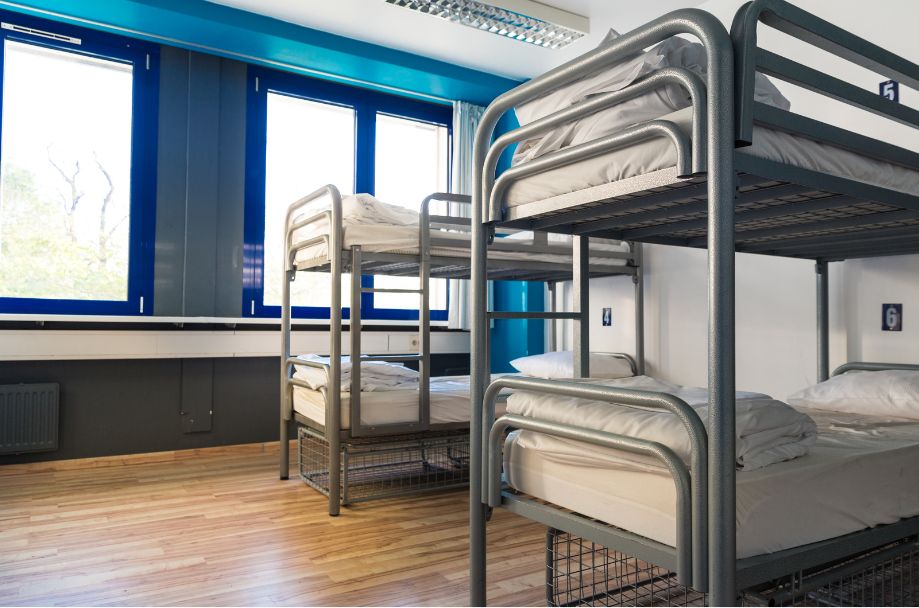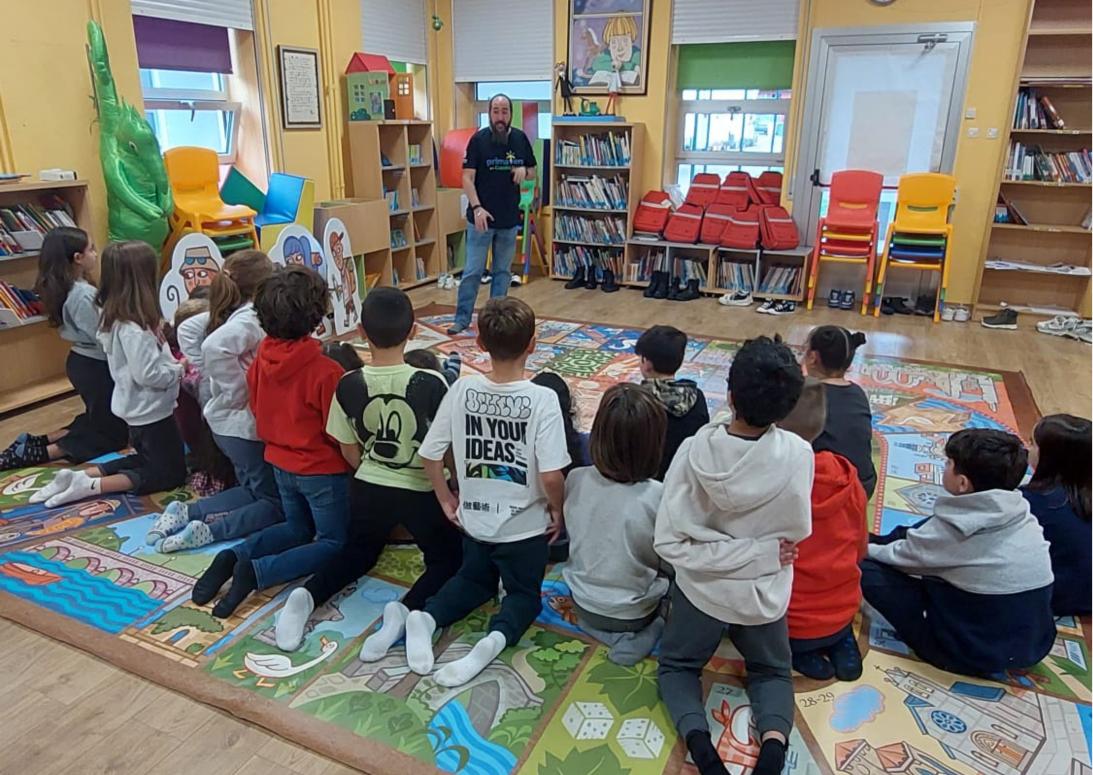Do you want to avoid blisters on your Camino Inglés? Below are a few common foot issues that pilgrims experience and some useful recommendations on how to avoid getting blisters on the Camino Inglés.
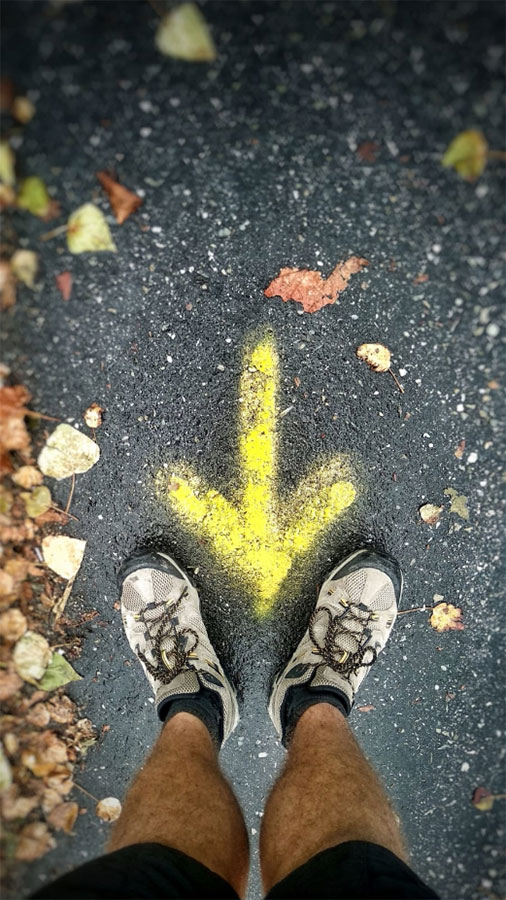
Blisters on the feet
By far the most common foot-related problem that pilgrims on the Camino de Santiago experience. Do you know anyone who has not got a blister on their feet whilst doing the Camino de Santiago? It is not possible to completely avoid blisters on the Camino but following these tips you are sure to fare better. Practically all blisters come from friction and rubbing between the skin, the sock, and the shoe.
Calluses and corns
Calluses and corns are caused by exerting pressure on a certain area of the foot. When we do the Camino de Santiago we are not going to be wearing our everyday footwear so this can increase pressure points on our feet. For this reason, it is advisable to try new shoes a few months before starting our Camino, to break them in and reduce our chances of getting calluses.
Overheating of the feet
Sweltering, tired feet are caused by an increase in activity and consequently temperature of the feet. It is common that during a challenging stage of the Camino, walking for a long period of time can cause overheating of your feet. The best thing to do is to follow the general advice to protect your feet during the Camino. To avoid sweltering, tired feet, it is necessary to choose footwear with a good fit, which is comfortable, light, above all breathable and keeps your feet well ventilated.
Dry feet
To avoid dry feet problems, it is important to moisturise them properly after each stage, as well as before starting the day. The skin on your feet will thank you for it and you will avoid problems of skin-cracking and amongst other issues caused by the dryness of the skin. So, quite simply – do not forget to moisturize daily!
Swollen ankles
Swelling of the ankles during the Camino is very frequent due to the exertion on the body walking from stage to stage. To avoid this happening, we must follow the general guidelines for foot protection during the Camino. Above all, do not wear anything such as tight socks can impede adequate blood circulation. Cold baths at the end of the stage should be practically mandatory in order to regulate vascular circulation. It is also good to be able to sleep with your legs raised to avoid swollen ankles before and after each stage.
Plantar fasciitis
Plantar fasciitis is an irritation of the thick tissue on the sole of the foot. If you suffer from a bout of plantar fasciitis during the Camino, you can try reducing the inflammation by applying ice to the sole of your foot and massaging the area with something such as a tennis ball or rolling pin. Also, after first seeking your doctor’s advice, you could take an anti-inflammatory to reduce the pain and go to a podiatrist or physiotherapist to find out what is causing plantar fasciitis and a possible treatment.
Ingrown toenail
We all know that an ingrown toenail can cause a lot of pain. To avoid this complaint, we must remember to keep our nails well trimmed at least 5-7 days before we start our walk and ensure there is no excessive pressure on the sides of the nails (especially on the big toe). Make sure your shoes are not too narrow at the toe end as this can increase pressure and cause an ingrown toenail.
Broken nails
This is a very frequent problem, especially the more days you spend on the Camino Inglés. It occurs mainly when force is exerted on the front part of the foot when climbing the steepest parts of the stages. It is almost inevitable and the only thing we can try to do is to choose footwear which fits comfortably and take as much care as possible when walking, trying to distribute our weight the entire foot.
So here are a few tips to minimise these complaints during the Camino. Don’t forget, before and after each stage our feet need protection.
Protection before each stage
Before each stage you should have a routine, aimed at protecting your feet en route:
Check that the shoes you use are in good condition with no holes, that the laces are fine, that the sole is not peeling off, etc. If you chose the right shoes and wore them during your training for the Camino, these problems will be less of a problem. The quality-price ratio of a pair of shoes will help when deciding on the footwear, taking into consideration comfort, weight and breathability. Together with the backpack we choose to take, we all know that the right footwear is the best investment we can make when embarking on the Camino.
Check that the socks you are using are also in good condition with no holes or thin patches, that the toe and heel protection areas are in good condition and that they are not damp. They should not be brand-new, but nor should they have been old and used excessively.
Perform a light massage with a tennis ball or rolling pin, for example, on the sole of the foot to relax the muscles and fascia of the sole of the foot.
If you moisturise the skin of your feet with a cream or Vaseline after each stage, you will get immediate relief and help protect them for the next day.
And as a final tip, if your feet sweat a lot, change your socks at least once during the stage.
Protect your feet and recover after each day:
You should also follow a routine for the recovery and protection of your feet after each stage.
Take off your shoes and air them. Check them every day and make sure they are in good condition and there is no damage.
It is important to bathe your feet in water (cold if possible) for 10-15 minutes after each stage or if you come across a stream during your walk or at the end of the day – take advantage! Otherwise, you can give them a soothing cold shower at the hostel.
Do some light stretching of your toes back and forth to reduce the tension in the foot muscles.
Give yourself a good massage with a relaxing, “anti-friction” cream, should have an immediate effect, and help alleviate foot-related issues during the Camino Inglés.
Try to let your feet "breathe" until the next stage. Just wear sandals while you are not walking.
Tips for your feet when back home
If you thought that when you got home your problems were going to end, you are very wrong. Your feet will continue to need some attention before they get back to “normal”.
Once you have finished the Camino, try to continue to walk for a while every day, as your feet will benefit from a more gradual end to such an intense activity. This advice will help protect your feet whenever you do long bouts physical activity. Keep it in mind whenever you organise a long hike.
Stretch the muscles in your toes and legs on a daily basis. This helps them recover more quickly and should be done whenever you have to walk long distances.
